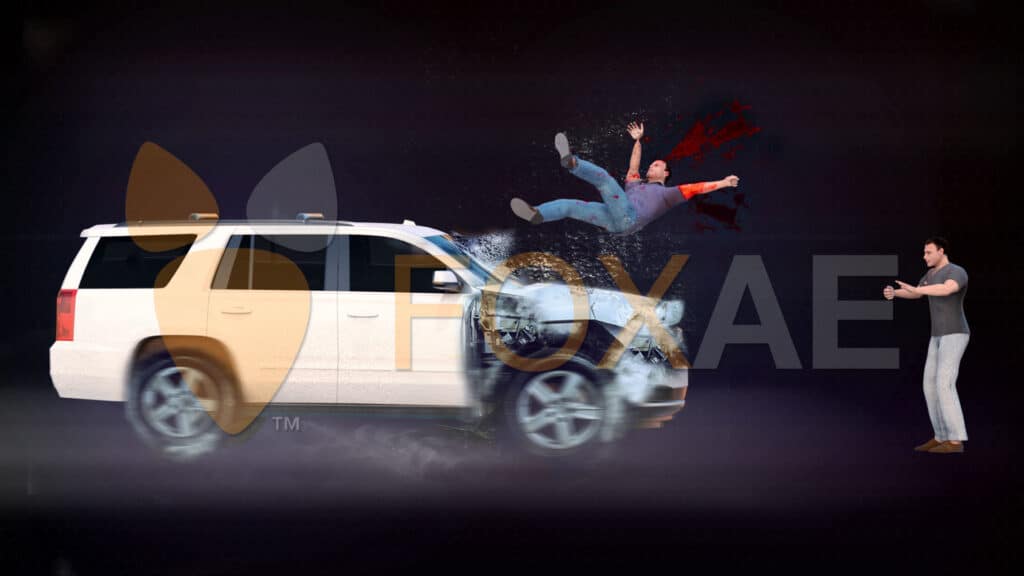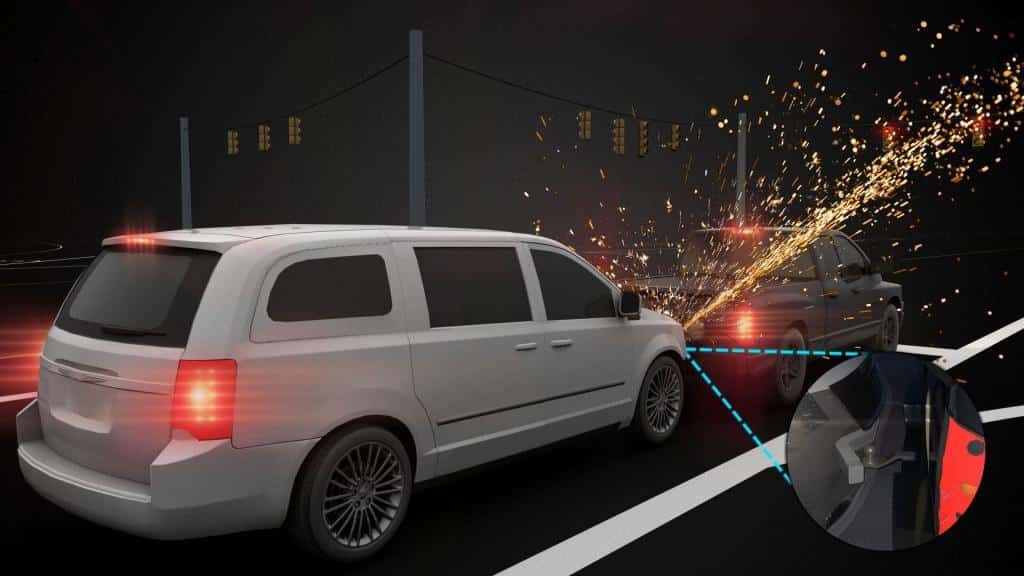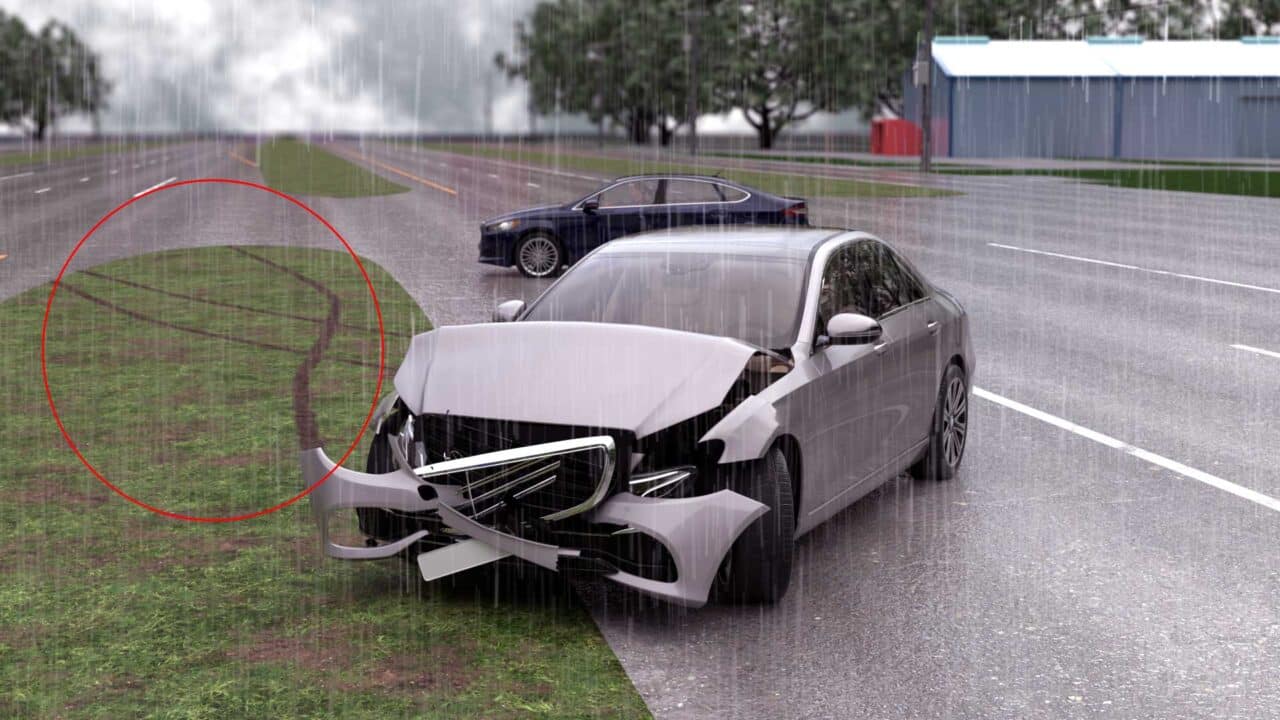Cinematography has improved over the years and has impacted some of the most beloved animations. It has moved from 2D animations to high-quality animation in 3D.
Just as this improvement has hit the entertainment industry, it hasn’t failed to reach the legal industry.
While animations are solely for entertainment in cinematography, they are essential for courtroom evidence.
High-quality animations are vital for legal use when a case has inherent complexity that needs dissection. In some circumstances, they are used mainly to clarify time-space confusion.
Consequently, high-quality animation for legal purposes is usually expected to have a certain standard.
What To Look Out For In High-Quality Animation For Legal Use
Before an animation, as demonstrative evidence, can even be considered high quality, it must meet specific criteria. It should be noted that the quality is not determined by its aesthetics but by its functionality.
Here are the features to look out for in a high-quality animation for legal use:
- Accuracy
One significant way to spot a high-quality animation is in its accuracy. The most crucial aspect of legal animation as evidence in a courtroom is how accurately it portrays facts and opinions.
This is why the general rule for legal animation as computer-generated evidence is that it must accurately and fairly depict the facts of the case.
It is crucial to examine the established occurrences in the case. This can be done per the testimony of eyewitnesses, security cameras, data from the black box, and the parties in the case when determining accuracy.
When the animations begin to throw inconsistency it is written off as subpar animation for legal use.
The importance of accuracy is intentionally instilled in the case of People v. Duenas. Here, the accuracy of the legal animation was the basis of its admissibility.
A contrast is seen in the case of Clark v. Cantrell. Here, the court excluded it from the trial exhibit list because of the lack of accuracy and consistency with prior testimony displayed in the legal animation.
Therefore, when using legal animation in a court case, it is essential to consider its accuracy.
- Extensive description
What’s the essence of introducing demonstrative evidence like legal animation when it fails to describe the facts extensively?
It is evident that for an animation for legal use to be considered high quality, it has a great deal of demonstrating to do.
Therefore, whatever a claim in a court case may be about, the animation must give a descriptive quality to the whole story.
For instance, in a car crash incident, the animation needs to capture the landmark of the site of the incident adequately.
The animation must capture the arena accurately. This could be either at a sharp curve, near a rock, or just on a regular highway with various traffic signs en route.
Furthermore, the animation must go on to show the incidents that led to the crash. It must clearly show this if it was overspeeding, disobeying traffic lights, or even mechanical failure.
In doing this, the animation will use features such as a point of view of the various drivers, a bird’s perspective, side views, and any other view the attorneys believe will be helpful in actively portraying the incident to the court.

- Clarity
High-quality animations for legal use are usually very clear in their outlook. After all, its principal aim is to dissect the complexity of a case and make it easy to understand.
One of the significant ways to ensure clarity is the use of high-quality 3D animations.
3-dimensional animations are essential in the purview of law mainly because the facts portrayed therein are found in the human environment.
For the evidence to clearly show things that went down and how they interacted with one another to cause an incident, it must be viewed in its realistic 3-dimensional state.
If a legal animation is not made in 3D, then its practicality is defeated. This will possibly leave the jury more confused than ever.
Therefore, to ensure clarity, 3D high-quality animations are the real deal.
- Scientifically established
More often than not, high-quality animations adhere to scientific methods. This is because legal animation depicts scientific notions such as motion, force, velocity, chemical reactions, and many more.
When a piece of legal animation is based on the interaction of scientific bodies, the animation must be accurately situated within the right scientific principles.
Scientific principles must be considered in making legal animation, especially in cases requiring forensics.
In cases like this, the quality of the animation is directly linked to its scientific accuracy and the potency of its construction.
Moreso, the procedural law established in the case of Daubert v. Merrell Dow Pharmaceuticals, Inc. comes into play. It provides that once a piece of evidence is scientific in nature, that principle of science must be generally accepted and utilized in that field.

- Relevant
Before a legal animation can be tendered in court, the relevancy of its content to the case at hand should be questioned. This is provided for in Rule 401 of the Federal Rules of Evidence.
A high-quality animation captures the fact of the matter and sticks to the relevant aspect. If the content is irrelevant, it can be excluded from the list of trial exhibits by the court.
Therefore, a high-quality animation will show specifically the point of contention in the present case.
It must also stick to the relevant aspects of the argument. Hence, leaving out unnecessary facts that do not prove or disprove a particular dispute in the case.
Conclusion
High-quality animations for legal use are created by experts who cut across the field of engineering, science, law, and many other forensic technologies. One company filled with such a fantastic team is Fox-AE. At Fox-AE, our team creates high-quality animations with the help of engineering experience, scientific prowess, litigation standards, and forensic background. We work closely with attorneys and their expert witnesses to ensure the animation clarifies the information, facts, and opinions on a case to the jury.





